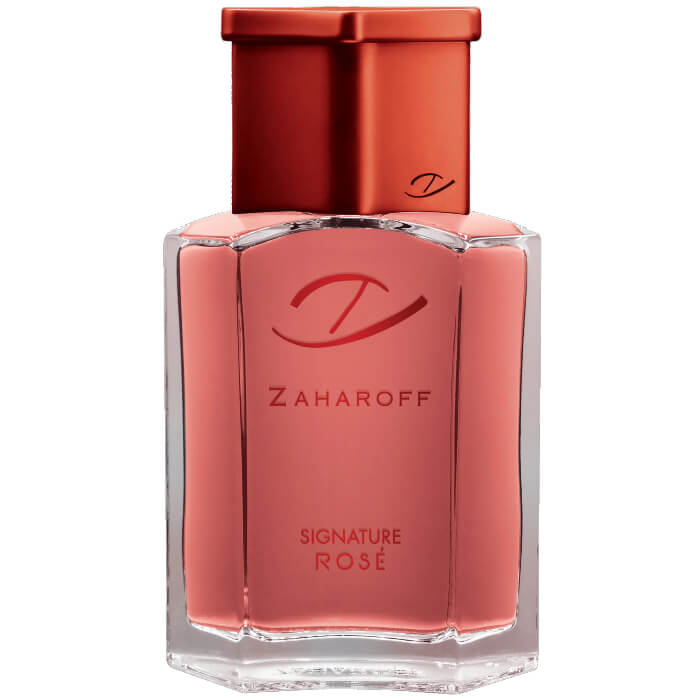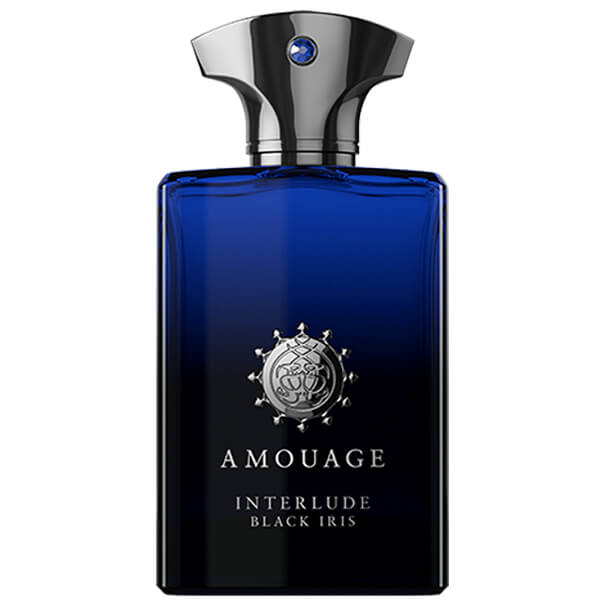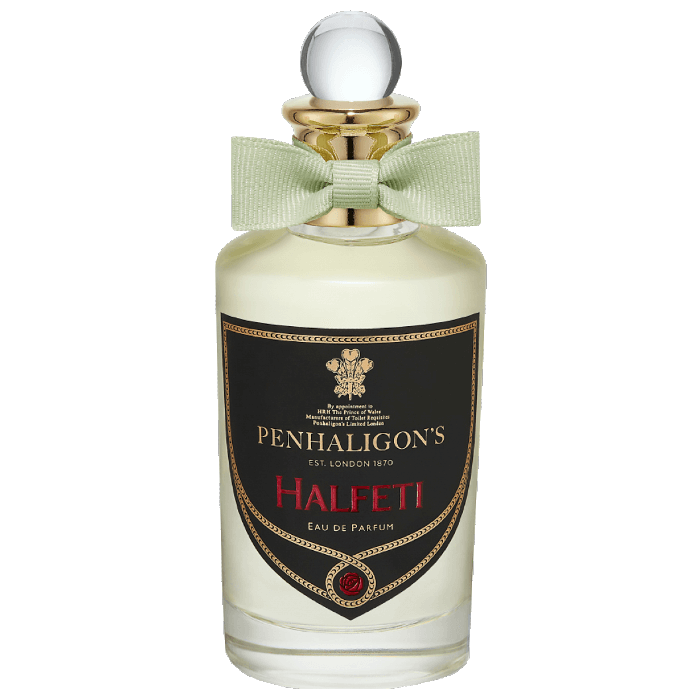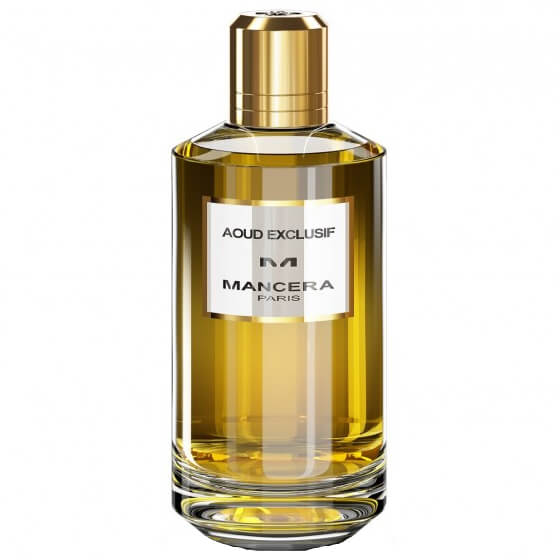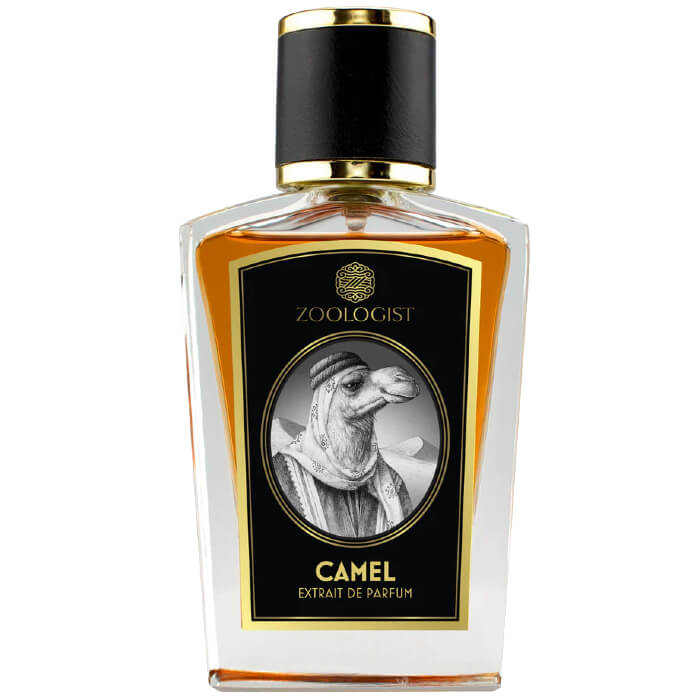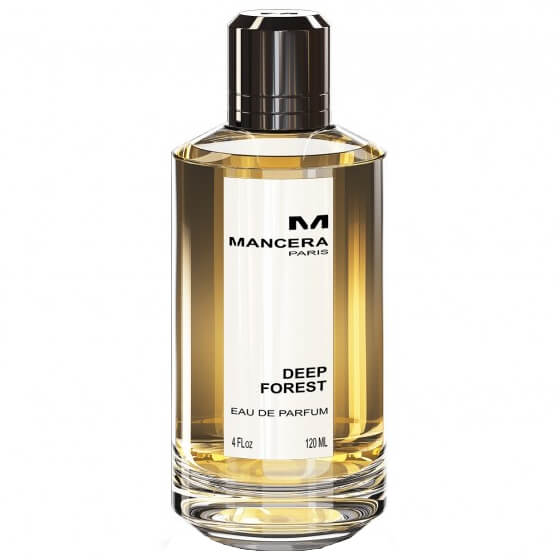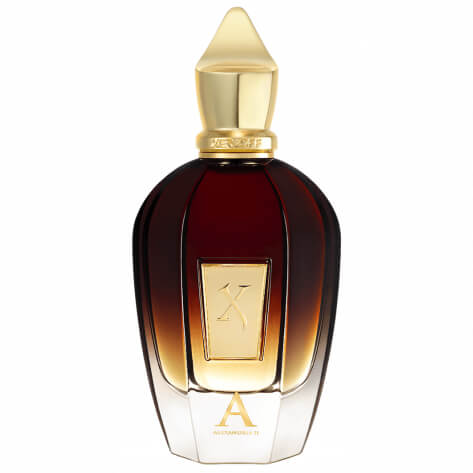OUD satin mood
Fragrance Profile
Concentration: Eau de parfum
Key Notes: Violet accord, damascena rose essence from Bulgaria, rose absolute from Turkey, natural oud from Laos, Benzoin from Siam, amber, vanilla accord
Manufacturer’s Description: A free interpretation of oud wood, a rare and precious material, this OUD satin mood Maison Francis Kurkdjian eau de parfum reflects the creator’s desire to bring a shimmering Orient to life. Wrap yourself in the woody ambery scent to suspend time and lose yourself in the depth of the here and now. Transported by the finesse of the violet accord, the oud wood from Laos bows down to the essence of rose from Bulgaria and rose absolute from Turkey to then blend into the rich vanilla amber accord. Oud satin mood is made to be delicately worn on your skin like a rich fabric.
Olfactory notes
Violet: Despite its readily identifiable and popular perfume, the violet is a mute flower, as it is impossible to extract its perfume naturally. Only the leaves and stems can be used for extraction. The green scent of spicy cucumber they exude is antithesis to the flower’s scent. To reproduce the fruity, gourmand and slightly woody fragrance of its petals, Francis Kurkdjian uses odorous molecules called Ionones (ionos means purple in Greek), discovered and made available to perfumers at the end of the 19th century. In feminine perfumery, the violet lends a powdery facet or a gustatory sensation that blends beautifully with rosy notes. Its green facet is widely used in men’s fragrances.
Oud from Laos: The power and complexity of its musky, woody, leathery, smoky and honeyed scent is only matched by the mystery of its creation; largely random since it depends on the fungal infection of a Southeast Asian tree also known as Agarwood (Aquilaria). Only diseased specimens produce an aromatic resin that is distilled to obtain an oil. It is among the most sought-after ingredients in the East and in Asia, and is also one of the most expensive, resulting in poaching. This is why Francis Kurkdjian has chosen an Oud from Laos produced according to the principles of fair and sustainable trade. He combines its vibrant notes with intense flowers, spices and other woods for a bewitching sillage.
Damascena Rose: In perfumery, only two varieties of rose are used for their fragrant properties: rosa damascena and rosa centifolia. The Damascena rose or Damask rose’s appeal lies in its highly distinctive honeyed accents and slightly spicy scent. Originally from Persia, this very old variety is the most used in perfumery. It is now cultivated in Bulgaria, Turkey or Iran. Different perfumed products, such as rose water, rose oil and rose absolute, are obtained by using various methods of extraction, each with their distinctive olfactory characteristics. The rose absolute is obtained by volatile solvent extraction. It has generous rosy floral notes used mainly in the heart and base of a fragrance.
Vanilla Amber Accord: The amber used in perfumery has nothing to do with the yellow amber stone, which is ornamental but has no smell, nor with ambergris, which refers to an animal extract from the sperm whale. The amber accord inspired a series of successful perfumes launched at the beginning of the last century. It included two flagship ingredients, cistus labdanum, with its warm, resinous, animal facets, and vanillin, a new, sweet aromatic compound, which is the primary component of vanilla. Since then, the combination of these two warm and persistent notes has been considered to form the amber accord, generally enriched with tonka bean, coumarin and resins such as benzoin or incense, which are all base notes.
Benzoin from Siam: The resin of Styrax tonkinsesis, endemic to Southeast Asia, and more specifically Laos, is obtained by notching the trunk of its tree to make it “cry”. Once incised, the tears thus collected form a whitish liquid that turns amber-yellow as it solidifies. Six months later, classified according to its purity, this gum is harvested, cleaned and treated. The scent can be extracted by infusion in alcohol or by extraction with volatile solvents. The smell of benzoin is multi-faceted: sweet vanilla, with a gourmand caramel effect, honeyed, syrupy. Its enveloping properties are used as a base note, and perfume both Orthodox churches and Buddhist temples.
Related Fragrances
These are...

